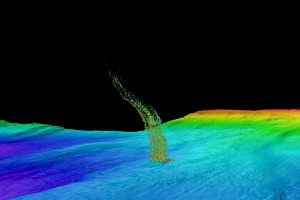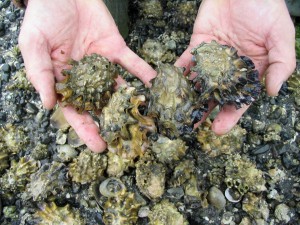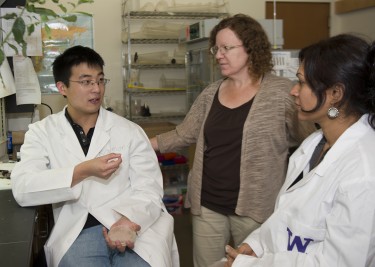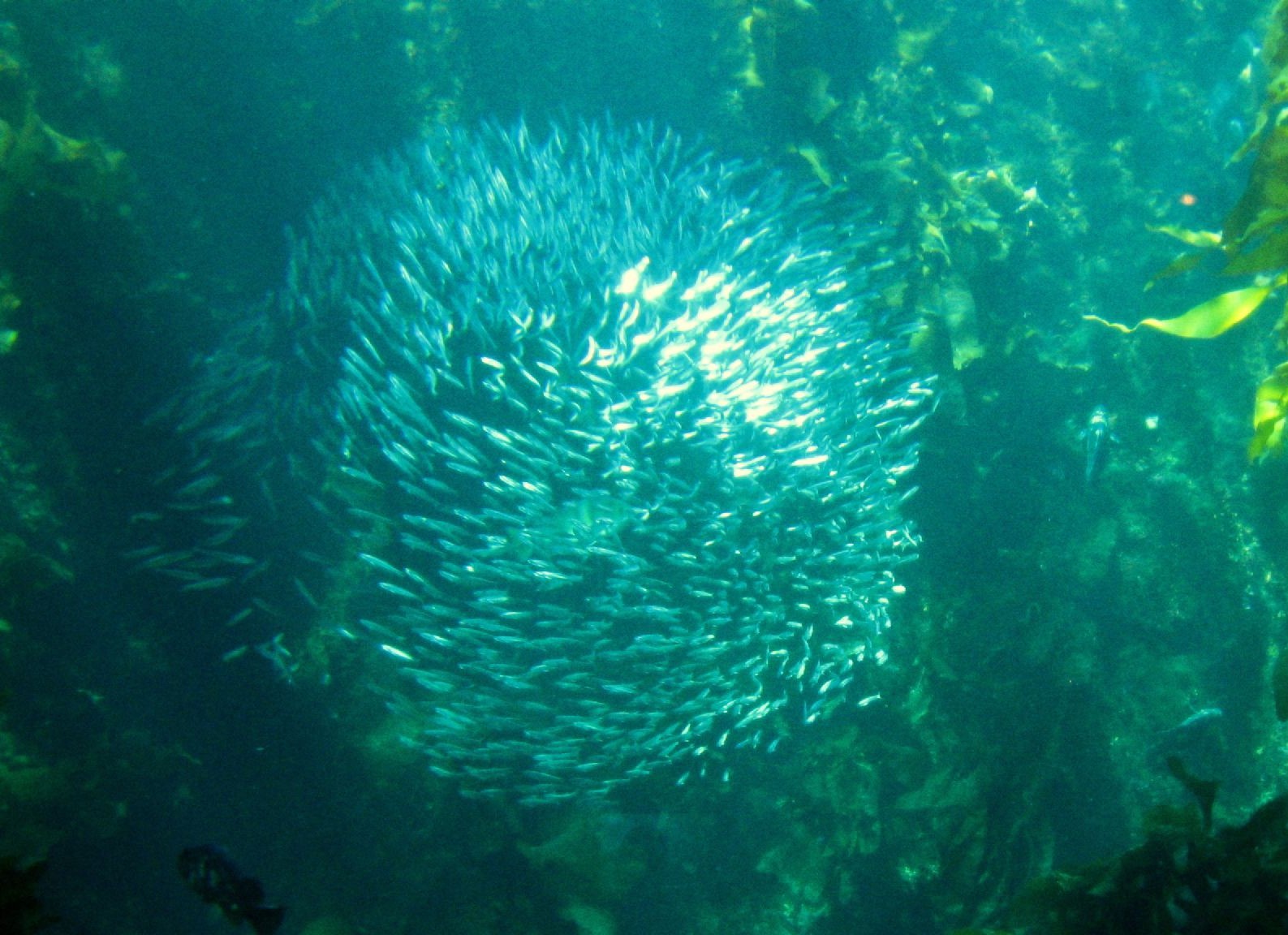Off the West Coast of the United States, methane gas is trapped in frozen layers below the seafloor. New research from the University of Washington shows that water at intermediate depths is warming enough to cause these carbon deposits to melt, releasing methane into the sediments and surrounding water. Researchers found that water off the coast of Washington is gradually warming at a depth of 500 meters, about a third of a mile down.
Read more at UW Today »UW-made tool displays West Coast ocean acidification data
Increasing carbon dioxide in the air penetrates into the ocean and makes it more acidic, while robbing seawater of minerals that give shellfish their crunch. The West Coast is one of the first marine ecosystems to feel its effects. A new tool doesn’t alter that reality, but it does allow scientists to better understand what’s happening and provide data to help the shellfish industry adapt to these changes.
Read more at UW Today »‘Probiotics’ for plants boost detox abilities; untreated plants overdose and die
Scientists using a microbe that occurs naturally in eastern cottonwood trees have boosted the ability of two other plants—willow and lawn grass—to withstand the withering effects of the nasty industrial pollutant phenanthrene and take up 25 to 40 percent more of the pollutant than untreated plants. The approach could avoid the regulatory hurdles imposed on transgenic plants—plants with genes inserted from or exchanged with other plant or animal species—that have shown promise in phytoremediation, the process of using plants to remove toxins from contaminated sites, according to Sharon Doty, associate professor of environmental and forestry sciences and corresponding author on a paper about the new work in Environmental Science & Technology.
Read more at UW Today »Migrating animals’ pee affects ocean chemistry
The largest migration on the planet is the movement of small animals from the surface of the open ocean, where they feed on plants under cover of darkness, to the sunless depths where they hide from predators during the day. University of Washington researchers have found that this regular migration helps shape our oceans. During the daylight hours below the surface the animals release ammonia, the equivalent of our urine, that turns out to play a significant role in marine chemistry, particularly in low-oxygen zones.
Read more at UW Today »Ancient shellfish remains rewrite 10,000-year history of El Niño cycles
Scientists by their very nature are inquisitive and creative, often figuring out novel ways to answer complex and perplexing questions. In a paper recently released in Science, College of the Environment oceanographer Julian Sachs and colleagues use ancient clam shells to peer into the past and piece together a 10,000 year history of climate driven by the El Niño Southern Oscillation.
Read more at UW Today »





